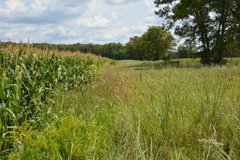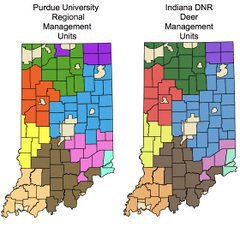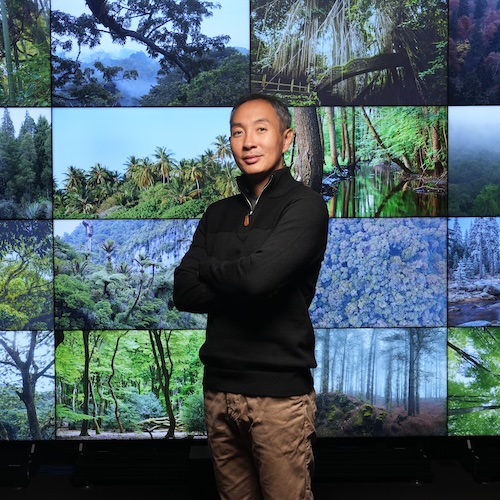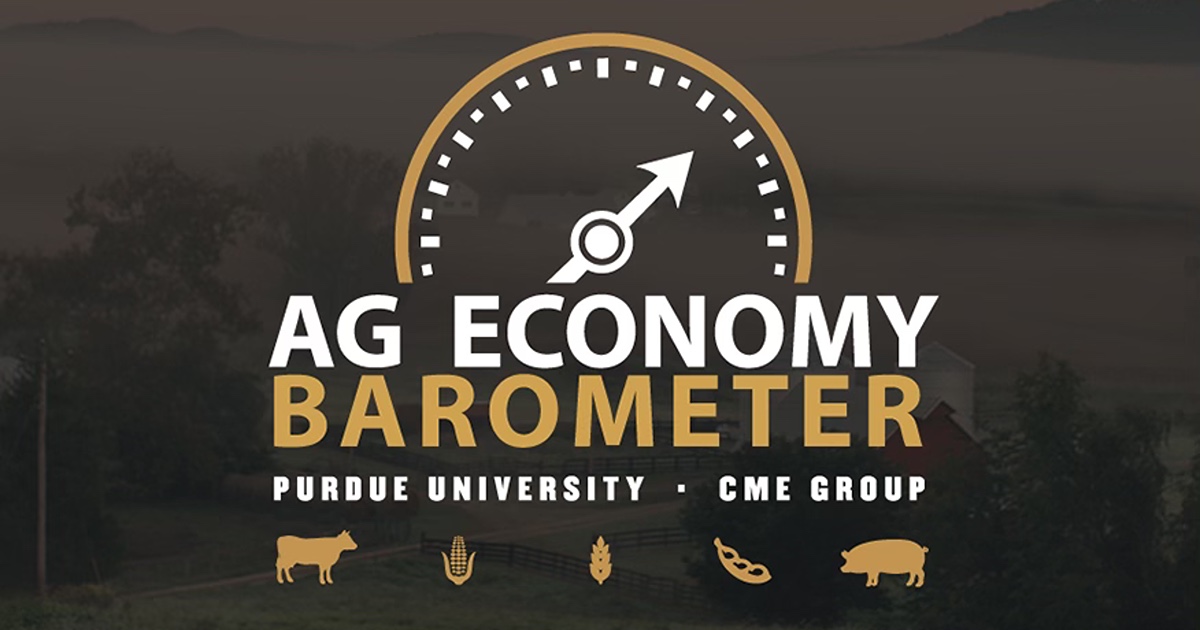The paper, co-authored by Dr. Rob Swihart, Jarred Brooke and Dr. Zhao Ma from Purdue Forestry and Natural Resources and Dr. Joe Caudell from the Indiana Department of Natural Resources (DNR) discussed how the team created research management units (RMUs) in order to study deer populations within the state. The Purdue team worked closely with DNR biologists when creating the RMUs so that they could be easily incorporated into deer management practices by the DNR.
The Indiana DNR has now taken the use of RMUs beyond the research realm and into practical use turning them into deer management units with slight modifications. To learn more about the DNR’s Deer Management Units, see page 116 of the 2019 Deer Report.

“I think this is a great example of the partnership between the DNR and Purdue,” Brooke, a Purdue Extension wildlife specialist and co-principal investigator said. “This illustrates how research can be used to inform wildlife management. We also have been getting calls from other states who are interested in adapting what we did for managing wildlife in their states.”
Inside the IDMP’s Research
The group’s first step in the project was to determine study areas. To do so, they needed to create research management units (RMUs), or clustered collections of counties with similarities in terms of deer. Counties were used as that is the scale of many deer management decisions in Indiana, such as doe harvest limits.
The group’s first step in the project was to determine study areas. To do so, they needed to create research management units (RMUs), or clustered collections of counties with similarities in terms of deer. Counties were used as that is the scale of many deer management decisions in Indiana, such as doe harvest limits.
Next, researchers gathered data on known deer mortalities in each county, including harvest, deer/ vehicle collisions and crop depredation permits.
Then they gathered county-level attributes that they thought might influence deer mortality, such as land use - including permanent cover (forest, grasslands, etc. = deer habitat) - crop land, percentage of cropland in the Conservation Reserve Program (CRP), hunter density, and other human factors like developed land and road and population density.
By borrowing and expanding on some previous work from researchers with the Ohio State School of Environment and Natural Resources (SENR) and the Division of Wildlife, the IMDP determined which factors influenced each source of deer mortality.
Unsurprisingly, deer harvest was influenced most by habitat and hunter density. More habitat and more hunters equaled higher harvest numbers. Research also showed that the percentage of cropland in the Conservation Reserve Program also positively influenced deer harvest. Indiana counties with a higher percentage of crops in the CRP had higher deer harvest. This highlights the importance of conservation programs like CRP for providing wildlife habitat.
Deer habitat and human factors, such as population density and road density, also were found to increase deer/vehicle collisions. Deer habitat influenced the number of deer harvested with crop depredation permits.

The next steps were to take the important factors for deer mortality & create clusters of counties (RMUs) that were similar in deer habitat, hunter density, CRP, and human development.
Clusters were created and the IDMP group made maps with varying numbers of RMUs. This information was passed along to DNR biologists and conservation officers to draw their own RMUs, rank the four maps that had been created and rate their suitability for deer management.
With input from the DNR experts and including existing urban deer reduction zones, the IMDP created a finalized RMU map with nine RMU and a 10th Urban RMU. These RMUs were then used to select sites for the IMDP project and also passed along to the DNR for use as deer management units.
The Integrated Deer Management Project is a multi-year research project led by the Department of Forestry and Natural Resources at Purdue in partnership with the Indiana DNR – Division of Fish and Wildlife.
The goal of the IDMP is to combine deer population and habitat condition information with public perceptions of deer and deer management to better inform white-tailed deer management in Indiana. For more information, visit Research IN Deer and follow the IDMP on twitter.







